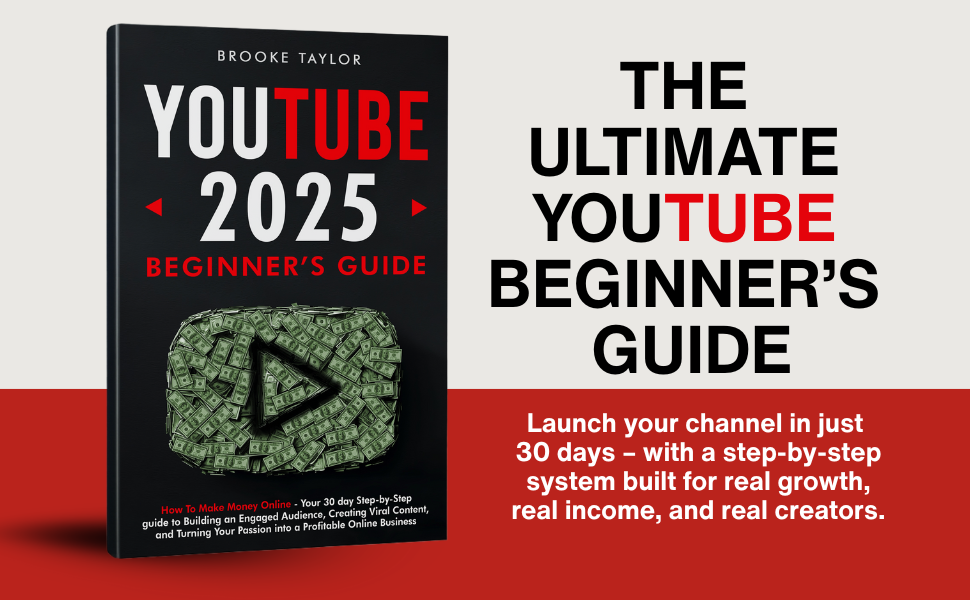Skool Review 2025: Is It the Best Platform for Creators?
When I first heard about Skool, I wasn’t sure what to expect. I’d tried a long list of platforms before — from Kajabi to Circle to Teachable — and every one of them either felt clunky, expensive, or required stitching together too many tools. But in 2025, I decided to give Skool a real shot. And let me tell you — it completely changed how I run my business.
If you’re a coach, course creator, or community builder trying to simplify your workflow while earning recurring income, this Skool review will give you everything you need to know before you decide. And yes — I use Skool daily in my own business. So this isn’t a theory post. It’s a real-world, hands-on review.
You can try Skool with my referral link here

Table of Contents
What Is Skool?
Skool is an all-in-one platform for building paid communities, hosting courses, and delivering coaching — all under one roof. What makes it different is how seamlessly it combines community + classroom + calendar, which eliminates the need for 3-5 other tools I used to rely on.
What I Loved About Skool
I’ll be honest — the first time I logged in, the simplicity blew me away. The interface is clean, intuitive, and distraction-free. No complex menus. No endless customization. Just what I needed to get started quickly and keep my audience focused.
The biggest win for me? Everything lives in one place. Members don’t have to jump from one link to another to find the course content, access the community, or join a coaching call. It’s all right there inside Skool.
Skool’s Best Features for Creators
- Built-in Community Feed — Think of it like a clean, focused version of Facebook Groups.
- Course Hosting — The “Classroom” tab is where I upload my lessons, trainings, and replays.
- Calendar Integration — I can post live Zoom links, events, and reminders in seconds.
- Gamification — Members earn points for participation, which helps increase engagement.
- Payment Integration with Stripe — I set my price, connected Stripe, and started collecting income immediately.
What Makes Skool Different in 2025
In a market flooded with platforms trying to do everything, Skool stays focused. It’s not trying to be a funnel builder or a massive CMS. It’s built to do one thing extremely well: help creators monetize and engage their audience in one unified system.
The team behind Skool constantly updates the platform based on feedback. Since I joined, they’ve rolled out UI upgrades, moderation tools, and better analytics. And they have one of the most engaged user communities I’ve seen.
Who Skool Is Perfect For
- Coaches running group programs
- Course creators selling high-ticket or recurring offers
- Consultants with a small but active community
- Entrepreneurs starting a paid mastermind or private group
- Anyone who wants to earn recurring income without building a website
What Skool Costs in 2025
Skool has kept it simple: $99/month flat fee. No upgrades, no tiers, no limits on members. Whether you have 10 members or 1,000 — the price stays the same. That flat pricing gives me peace of mind and helps me plan better than platforms that charge based on features or usage.
Try Skool here with my affiliate link
My Experience Using Skool in 2025
Since switching to Skool, my business feels lighter and faster. I don’t worry about tech breaking. I don’t wake up to emails asking for access. Everything just works. I’m able to focus on what really matters: serving my community and growing my income.
My members love the experience too. They’ve told me it feels like a real “home” — not just another platform. And that stickiness matters when you’re building something long-term.
Final Thoughts: Is Skool the Best Platform for Creators?
If you’re tired of duct-taping tools together or wasting hours building a complicated setup, Skool is the platform I recommend 100%. It’s fast to launch, clean to use, and focused on what actually grows a digital business — community, content, and connection.
Whether you’re just getting started or scaling a paid group, Skool is worth every dollar. I made back my $99 monthly fee within my first few signups — and I’ve been profitable ever since.
Click here to start your own Skool group with my affiliate link
One of the first things I noticed after switching to Skool was how much time I saved. Before, I spent hours managing separate platforms for email, community, course content, and payments. Now, everything is in one place. That alone made it worth the price for me.
I didn’t need to install plugins, worry about software updates, or hire a developer to “integrate” anything. With Skool, I clicked a few buttons, added my content, connected Stripe, and launched. I’ve launched multiple groups since then, all without stress.
Another thing I appreciate is how well Skool keeps my members engaged. The gamification system — where users earn points for contributing — made a noticeable difference. People started posting more, replying to each other, and actually showing up to our Zoom calls.
It’s hard to find a platform that balances simplicity and power, but Skool manages to do both. The design is clean and focused, but under the hood, it has everything I need. And I love not having to deal with complex settings or endless customization.
In the past, I used to worry about churn in my membership. But with Skool, retention improved. I think that’s because it feels more like a real community space than a course site. When people feel connected, they stay longer — and that means more recurring income.
I’ve also noticed how easy it is to onboard new members. As soon as someone signs up, Skool gives them instant access. I don’t need to manually send links, welcome emails, or login info. It’s all automated and smooth.
One thing I like about Skool in 2025 is that they continue improving based on what creators actually need. I’ve seen new updates roll out every few months, and they always make the experience better without adding complexity.
A lot of people ask me if Skool replaces email marketing. My answer is this: for nurturing your core community, yes. I still use email for outreach and launching, but Skool is where the real relationships are built. It’s the place where people come back daily.
For creators who run coaching programs, the calendar tab in Skool is a game changer. I can schedule weekly calls, drop in links, and even add descriptions — and Skool handles reminders automatically. It feels like having a virtual assistant built in.
The mobile experience is another win. My members can access everything from their phones without any friction. Whether they’re watching videos, joining a call, or reading a post — it just works. That accessibility matters in today’s world.
From a business standpoint, Skool helps me grow with less overhead. I don’t need to pay for five different tools. I don’t need a team to manage tech. I can focus on growing my audience, creating valuable content, and scaling my income with clarity.
If you’re reading this and wondering if Skool is worth it, my answer is yes — especially if you want to launch fast and keep things simple. I made my first monthly payment back within a couple of days. It’s one of the easiest affiliate recommendations I make.






